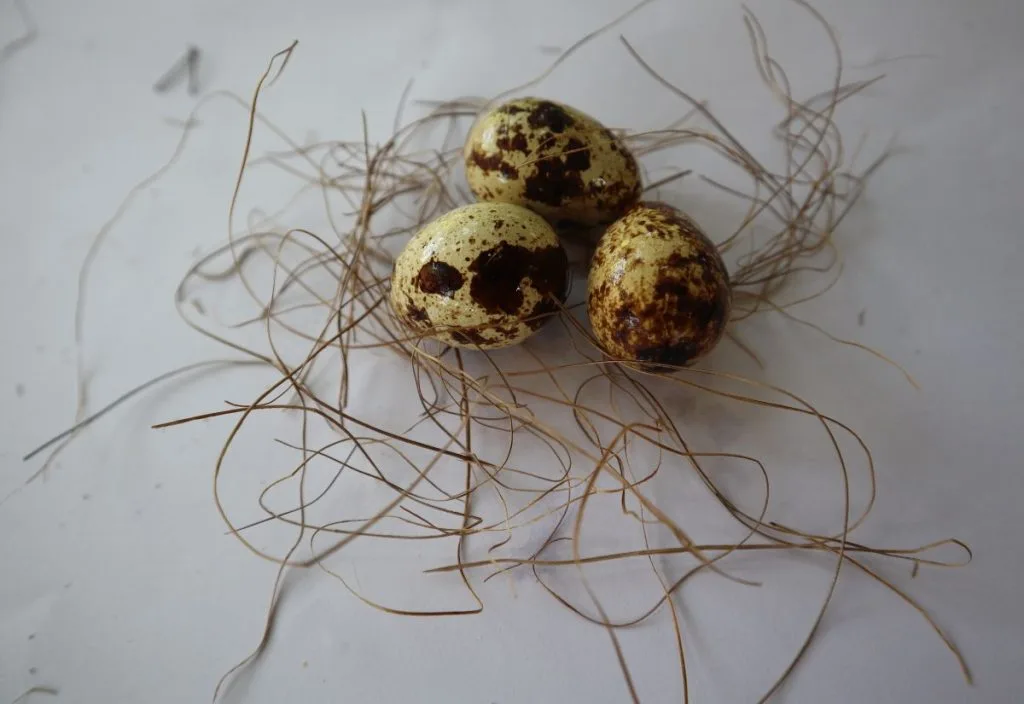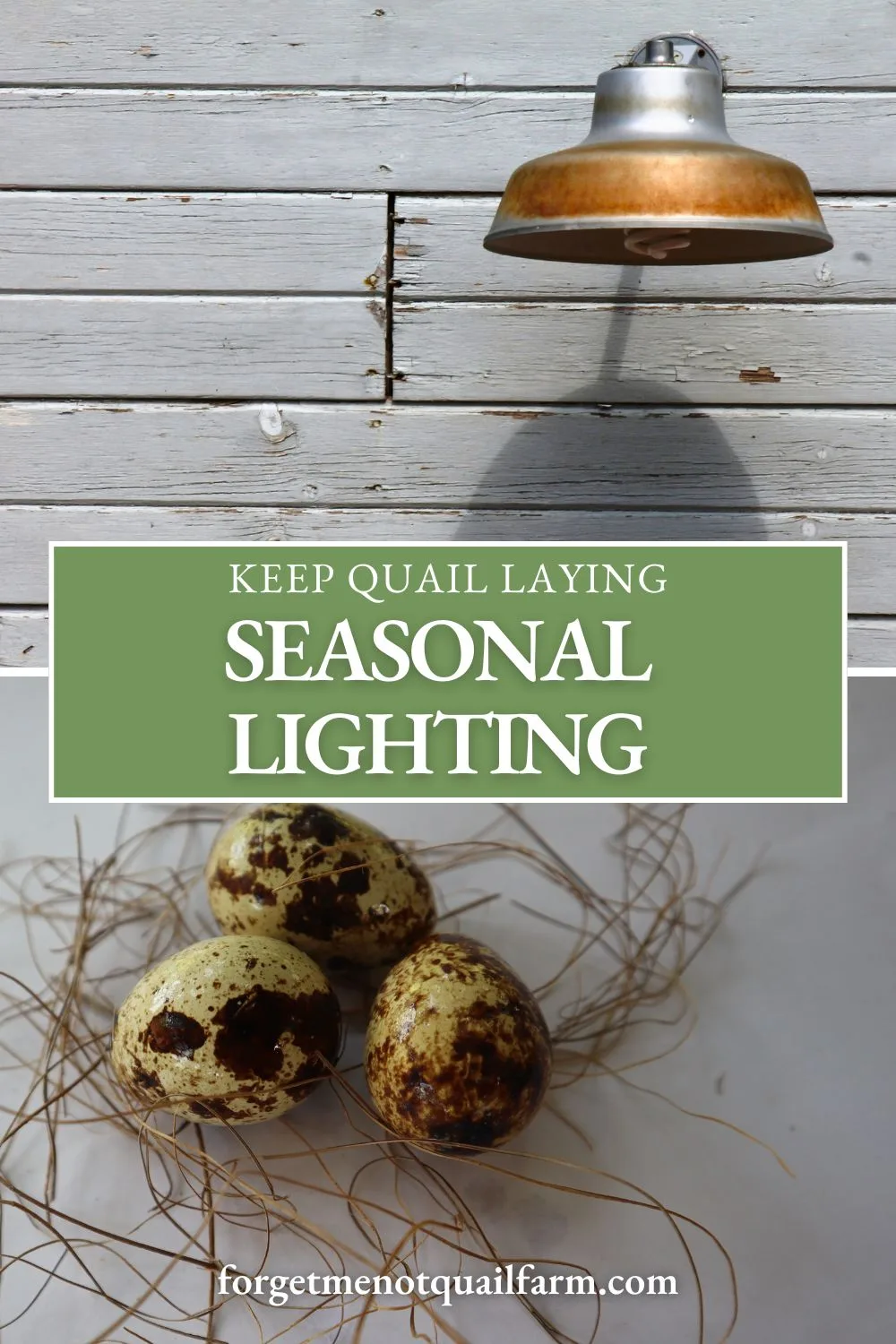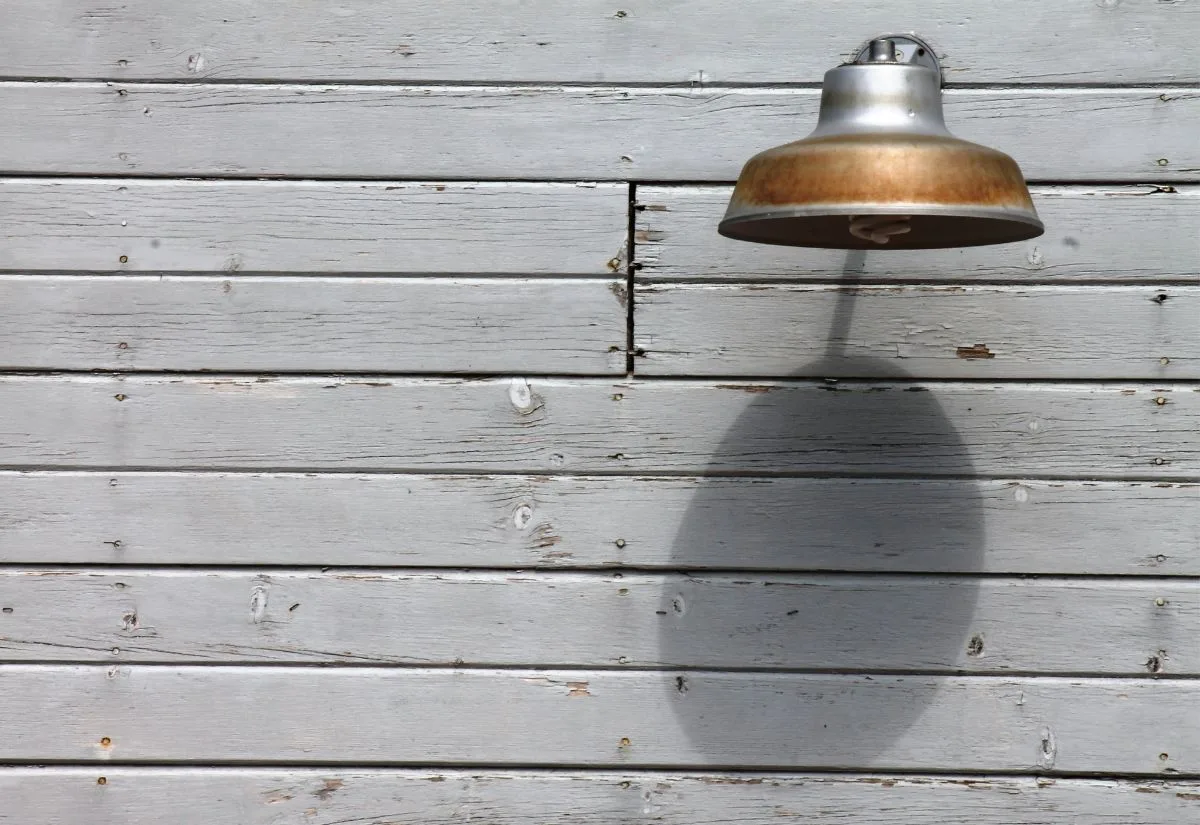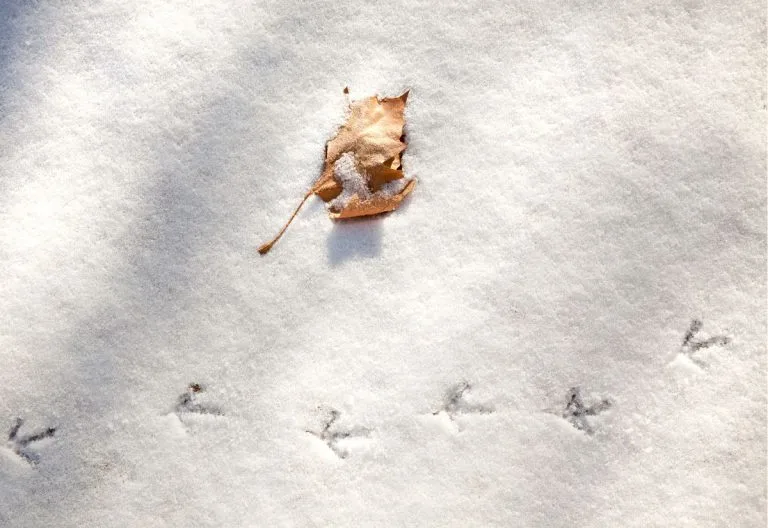How Much Light Coturnix Quail Need to Keep Laying Through Winter
If your Coturnix quail slow down or stop laying when the days get shorter, you’re not alone. Egg production in quail pretty much runs on daylight. Once the sun starts setting earlier, their bodies naturally take a break.
The good news? You can easily bring production back up with the right lighting setup. Here’s what I’ve learned about how much light they really need, how to set it up, how long it takes to work, and what to check if it doesn’t.
Why Quail Slow Down When the Days Get Shorter
When daylight drops below about 14 hours, their bodies get the signal to rest and conserve energy. That’s normal behavior in the wild, but inconvenient when you’re counting on eggs year-round.
On my farm in Maine, production usually dips hard by late September unless I’ve already set up my lighting. The goal isn’t to “force” them to lay, but to mimic spring and summer daylight hours so their system stays active through the colder months.
How Much Light They Really Need to Keep Laying
Your quail should receive 14 to 16 hours of total light per day. That’s the total between daylight and any extra light you add. If they get less, they’ll slow down; too much, and they’ll end up stressed and may have health problems.
How Bright the Light Should Be
Aim for light bright enough that you could comfortably read a book inside the pen. I’ve found that a durable LED rope light made for outdoor use works perfectly for most setups. It spreads light evenly, stays cool, and keeps working even when things get a little dusty or damp.
A warm-white light (around 2700–3200 K) feels closest to daylight and keeps them calm and laying steady.
Light Timing and Schedule
I prefer running lights in the early morning rather than keeping them on late at night. It feels more natural and helps the birds settle down at dusk. Here’s the schedule I use here in Maine, and it works well for most people living up north:
- Lights ON: 6:30 a.m.
- Lights OFF: 8:30 p.m.
That gives you 14 hours of total light without disrupting their normal nighttime rest.
Setting Up Supplemental Lighting
Adding light’s the easy part. Sticking to a routine is what really matters.
Choose the Right Light Source: I like to use LED rope lights instead of a bulb. It’s flexible, easy to attach along the top or sides of the pen, and lights the space evenly so there are no dark corners. Quail do best with soft, even light. It’s easier on their eyes and keeps them calm.
Mount the Light for Even Coverage: Install the rope light slightly above the pen, angled downward if possible, to spread light evenly. Avoid overly bright “hot spots.” Uneven lighting can make quail skittish or lead to stress.
Plug Into a Timer: A programmable outlet timer keeps your light cycle steady and stress-free. Once it’s set, you don’t have to think about it again. The lights take care of themselves. That consistency keeps them laying a whole lot better than flipping a switch yourself.
If you prefer a bit more control, a Wi-Fi smart plug lets you adjust your light schedule from your phone. I use one in my grow-out pen so I can tweak daylight hours gradually each season without climbing around to reset dials.
Transition Gradually: If your birds have been on natural daylight only, increase the light by about an hour per day until you reach 14–16 total hours. A sudden jump can stress them, especially if they’re mid-molt or recently moved pens.

How Long It Takes to See Results
Don’t expect results overnight. Most quail bounce back within a week or two of steady light, though some take closer to three.
- Week 1: They adjust to the new rhythm. You’ll see more activity but not many eggs.
- Week 2: Egg production usually begins to climb.
- Week 3: Most hens are back to steady, near-daily laying.
Younger hens often bounce back faster; older birds may take the full three weeks.
What to Do If Light Doesn’t Fix the Problem
If you’ve kept them on 14–16 hours of light for a few weeks and still aren’t seeing eggs, here’s what could be going on:
They’re Molting: Molting temporarily halts egg production no matter how much light you provide. You’ll see loose feathers and bare spots. Let them rest for several weeks (usually two to four). Once their feathers are mostly grown back, start the light schedule up again.
Diet or Protein Is Too Low: Even perfect lighting won’t help if your feed is off. Keep layers on a 17–20% protein game bird or layer feed year-round. If you’re not sure your feed is giving your hens everything they need, check out my guide on what to feed Coturnix quail (and the common mistakes that cause production slumps). IIt covers protein levels, what supplements actually help, and how to fix feed issues that mess with laying.
They’re Stressed or Overcrowded: Too much noise, handling, or crowding will throw off laying. Give them about 1 square foot each in walk-ins or 2–3 birds per square foot in cages. That keeps everyone calmer and laying better.
Your Timer Isn’t Consistent: A timer that loses power or drifts off schedule can interrupt their cycle. Check it weekly, especially after storms or power outages. That’s where a smart plug really helps. You can check or tweak the schedule right from your phone without heading back outside.
Should You Keep Lights On All Winter?
Yes, but don’t overdo it. I run supplemental light from late September through March, then gradually reduce it again in spring. Giving your hens a short natural break once a year lets them molt, reset, and stay productive longer overall.
If you’d like to understand that rest period better, I explain exactly what happens during the quail molting process and how to help them recover quickly without hurting future egg production.
Frequently Asked Questions
Still have questions? Here’s what new quail keepers usually ask once they start using supplemental light.
You can, but only if they’re bright enough and run long enough. Most small garden-style solar lights fade overnight, so they rarely provide the consistency needed for egg production.
It does. Warm white light (a little yellowish) tends to work best. Blue or cool light tones may suppress laying behavior.
No. Supplemental light only affects egg production. It won’t warm the pen. That said, Coturnix quail don’t need added heat. They handle cold just fine as long as they stay dry and out of the wind.
Absolutely not. Quail need darkness to rest. Too much light causes stress, feather picking, and can lead to health issues.
Yes. Consistent light improves fertility and breeding behavior in cocks as well.

Once your hens are back to laying, you’ll want to keep those eggs in top shape. Here’s how to store quail eggs so they stay fresh, safe, and ready for eating or hatching no matter the season.
Keeping Coturnix quail laying through winter mostly comes down to steady light. Once you dial in a 14–16-hour schedule and stick with it, you’ll see production climb back up and stay steady all season.
Take it slow, keep your setup consistent, and your covey will reward you with eggs all year long. You’ve got this.







